Ep. 276 | Sanxingdui and Ancient Shu
Just in time, we look at all the recent finds at the newly discovered six sacrificial pits at Sanxingdui. Archaeologists and historians are pretty sure all these exciting discoveries going back to 1986 at Sanxingdui, Jinsha, Shangwangjiaguai are from the ancient state of Shu.
This topic has been requested constantly throughout the years. I'm glad I waited until now to unleash it on you. Be looking for even more incredible discoveries at the Sanxingdui site that will be announced in the coming months and years.
Be sure to check out the gallery of photos, courtesy of a friend of the show, Mr. M.C. Cowden, as well as a comprehensive list of resources about this topic. There is also an extensive list of terms used in the episode, that you can view here, or download for reference later.
Listen On Your Favorite Podcast Player








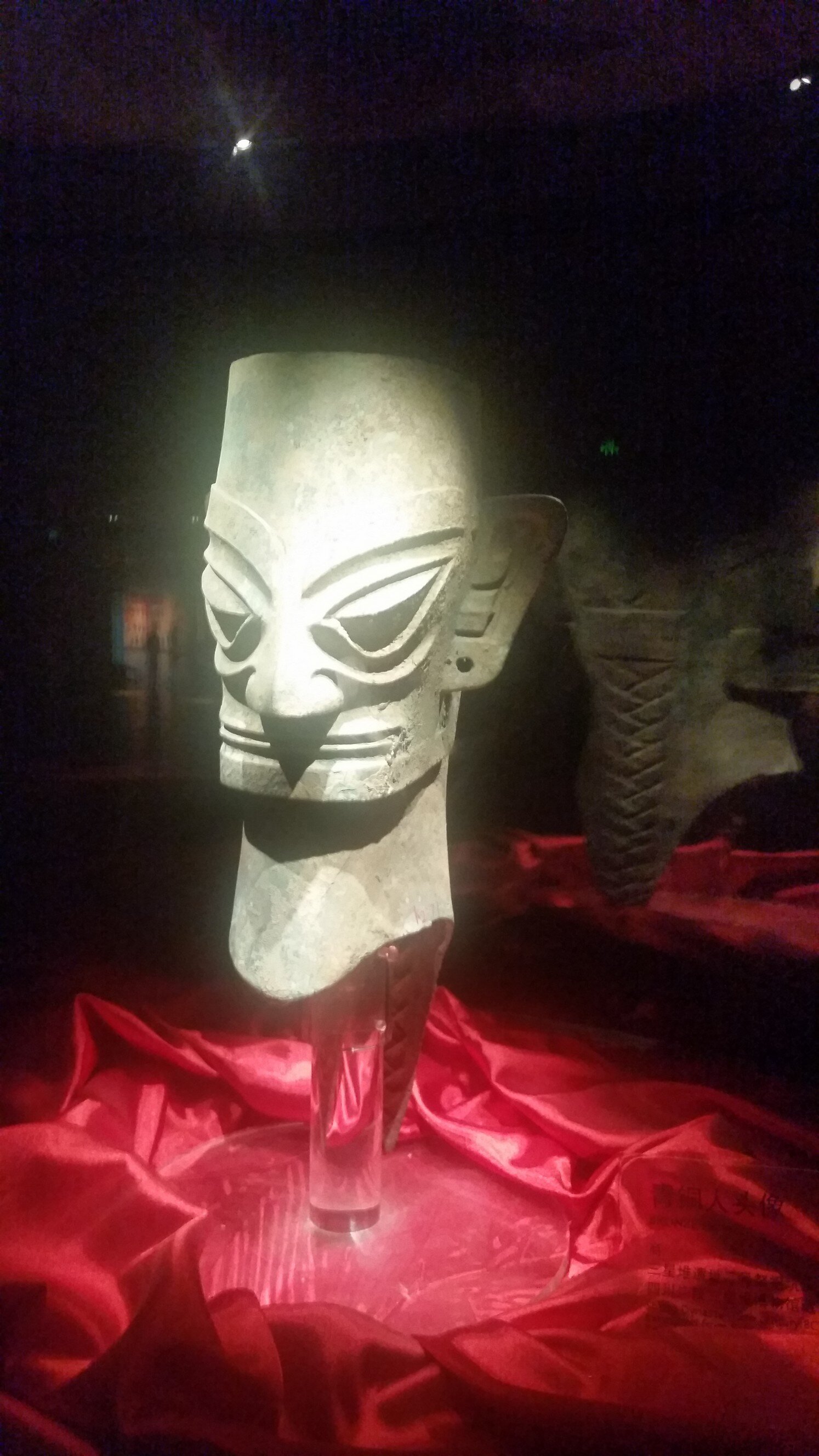




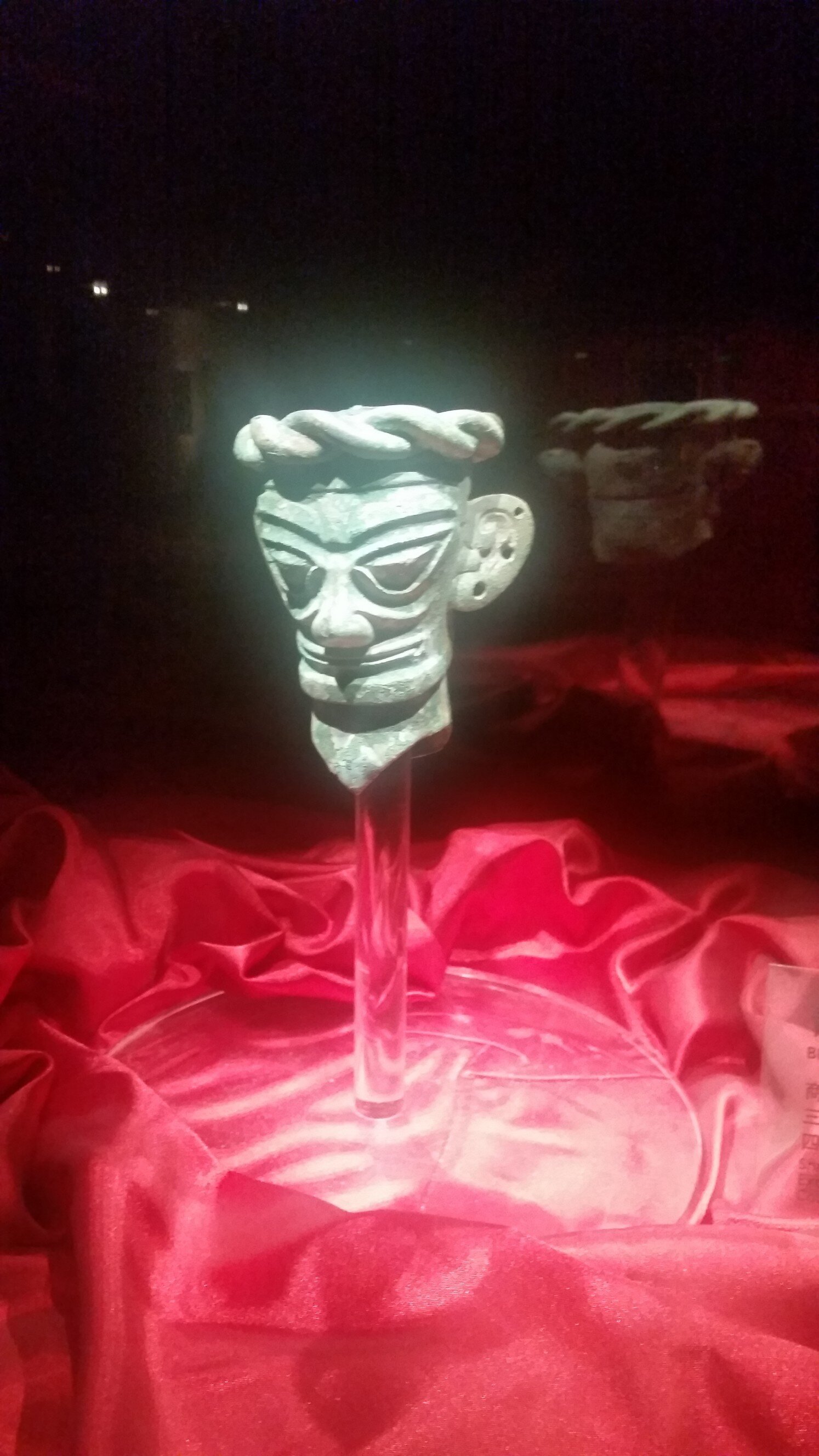







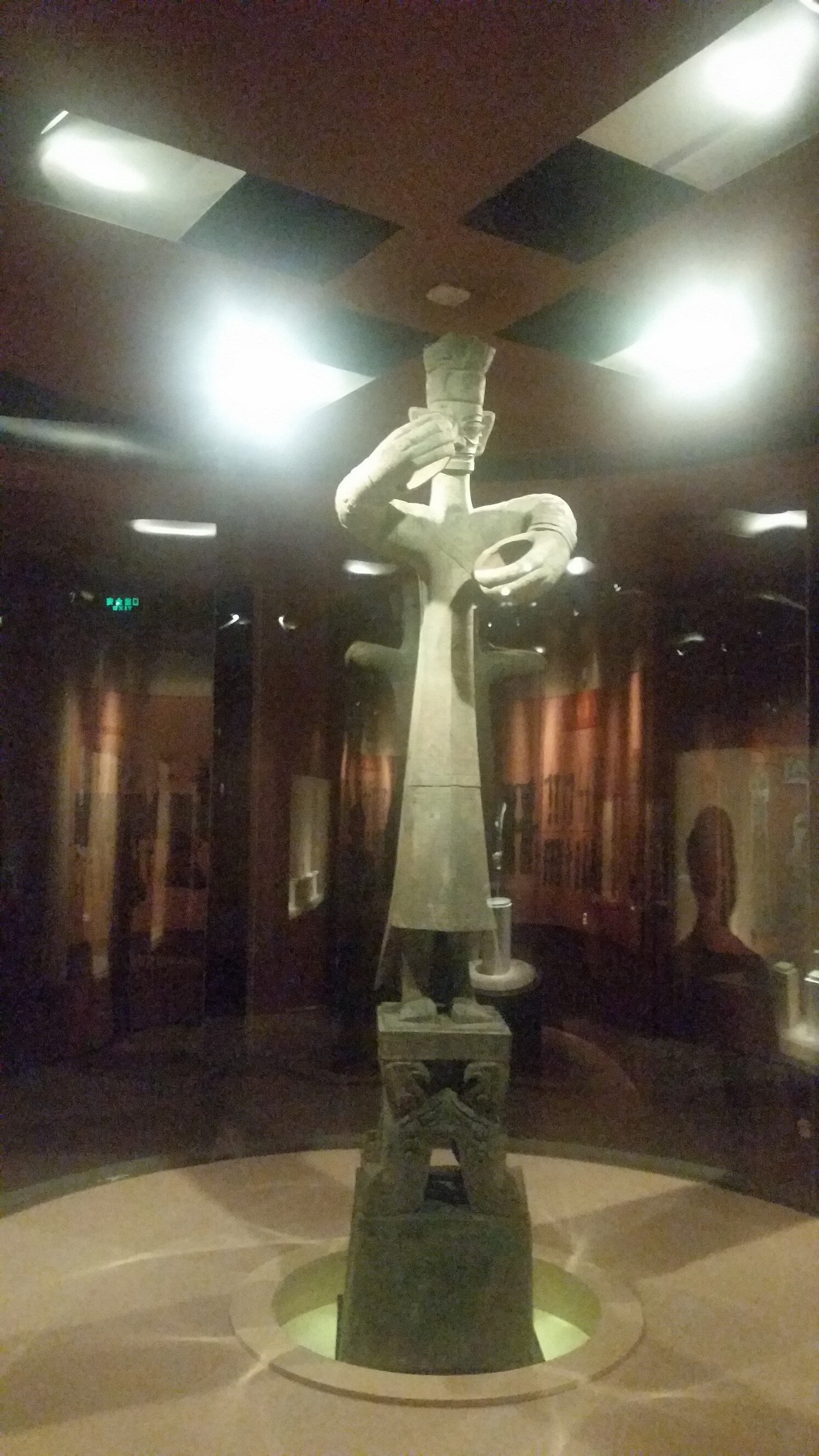







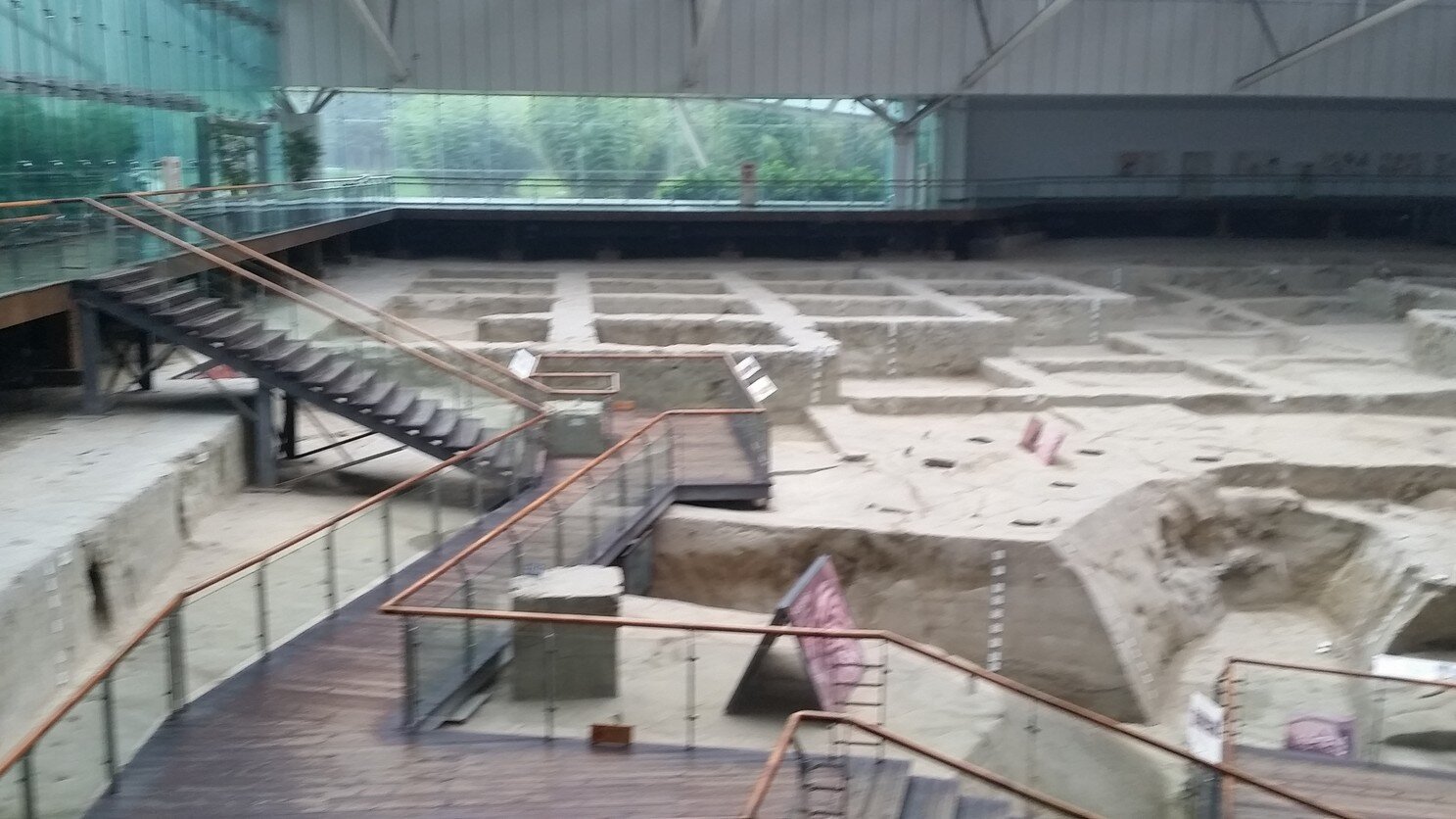



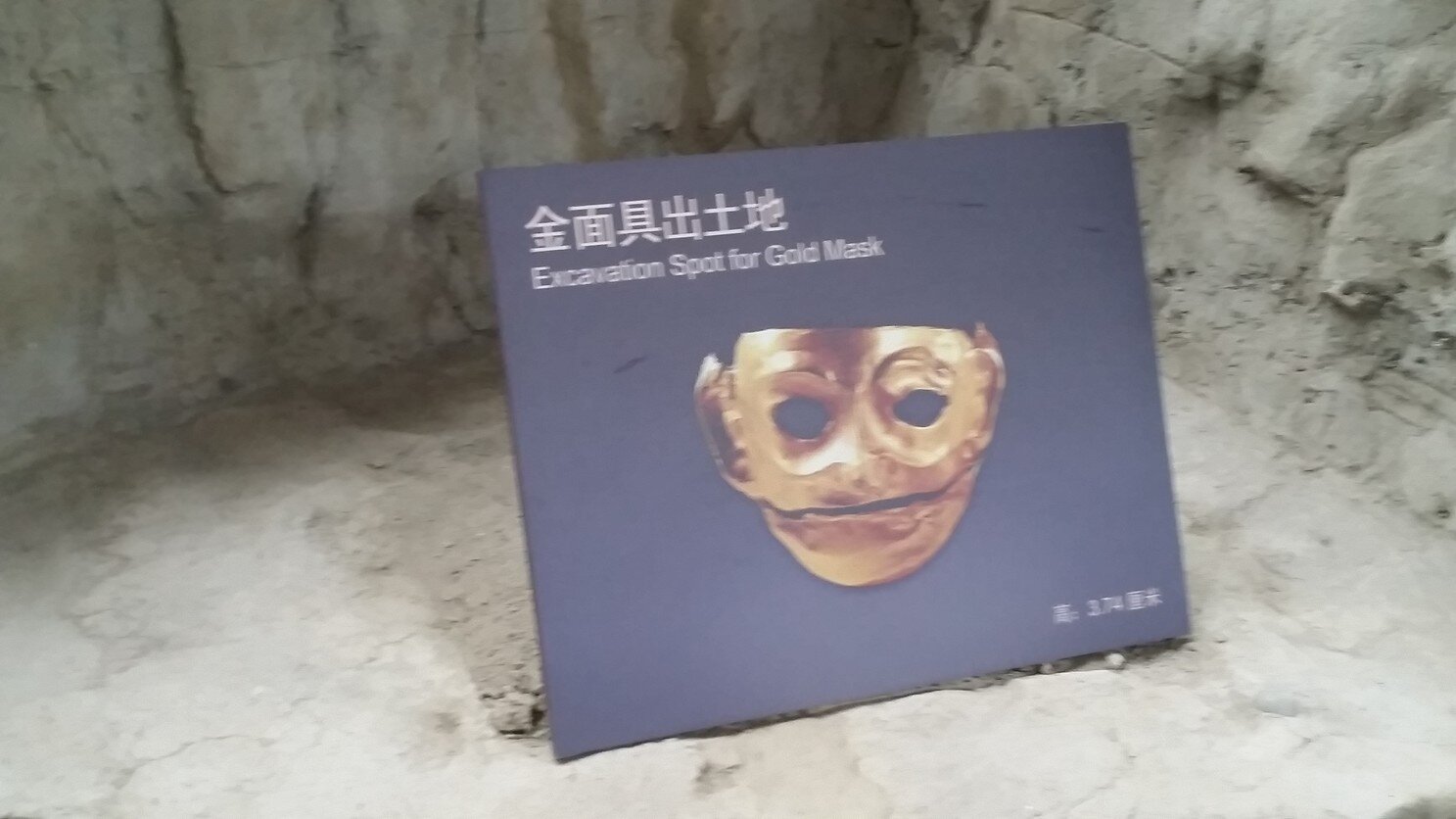






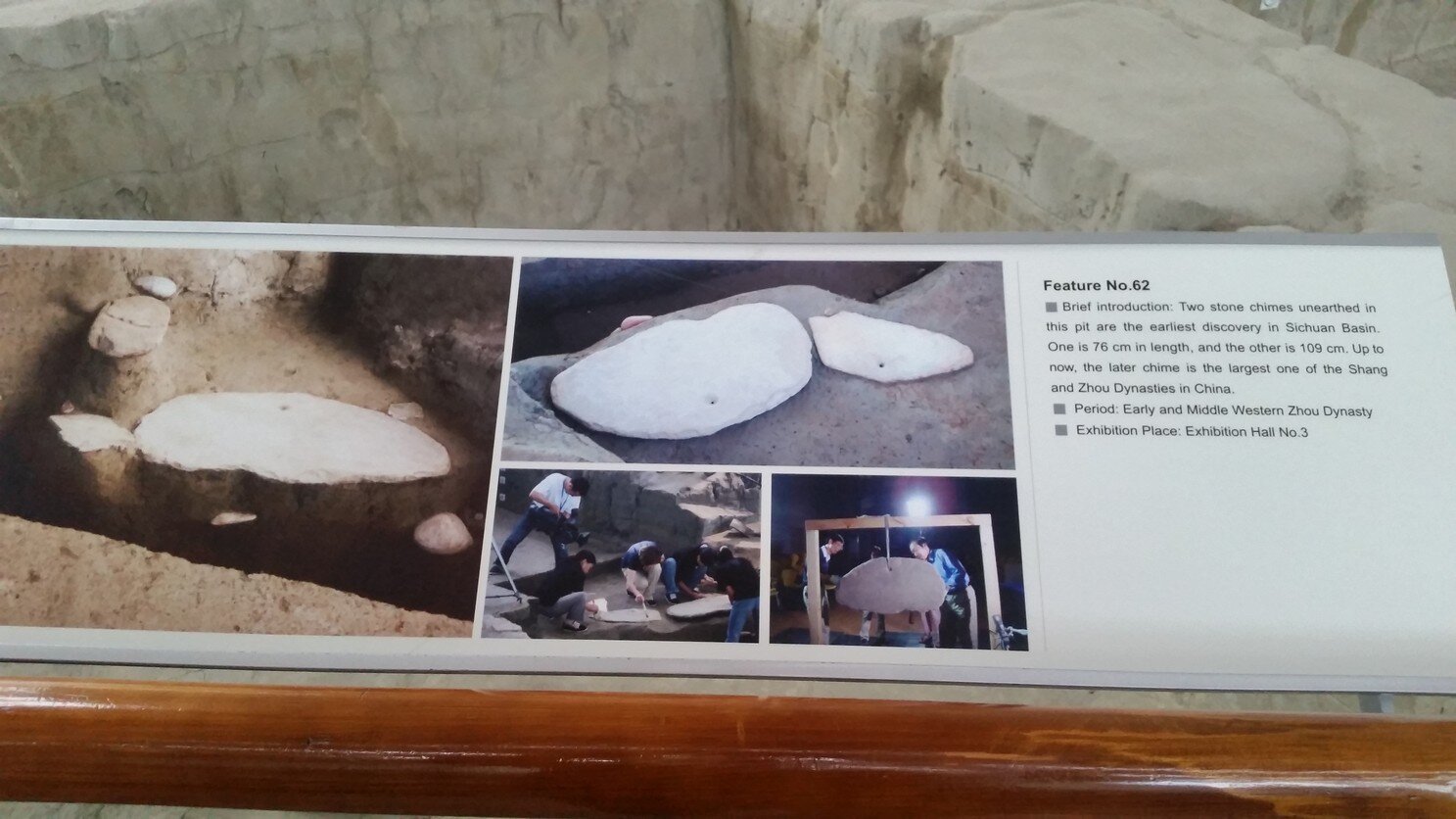














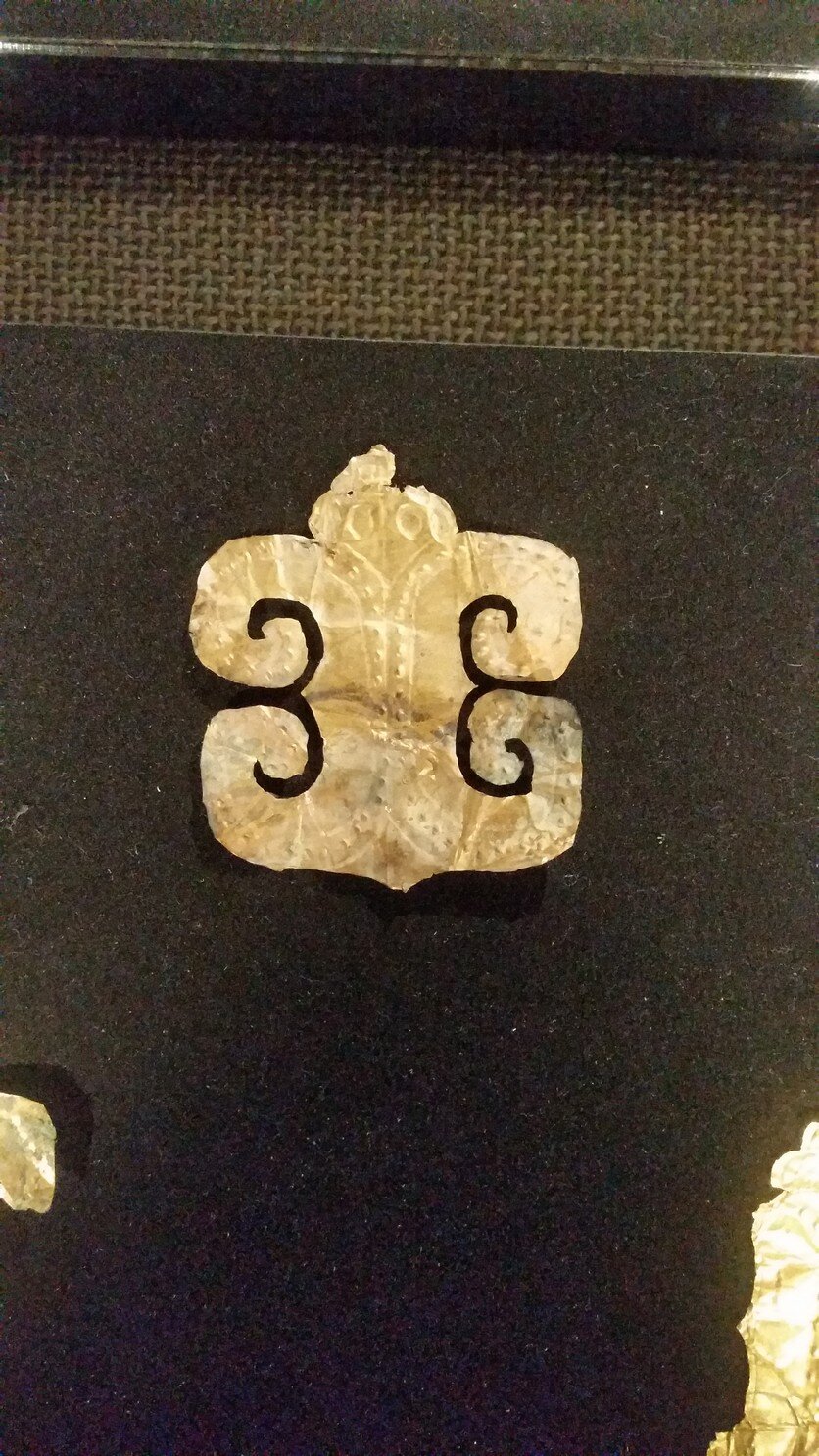


























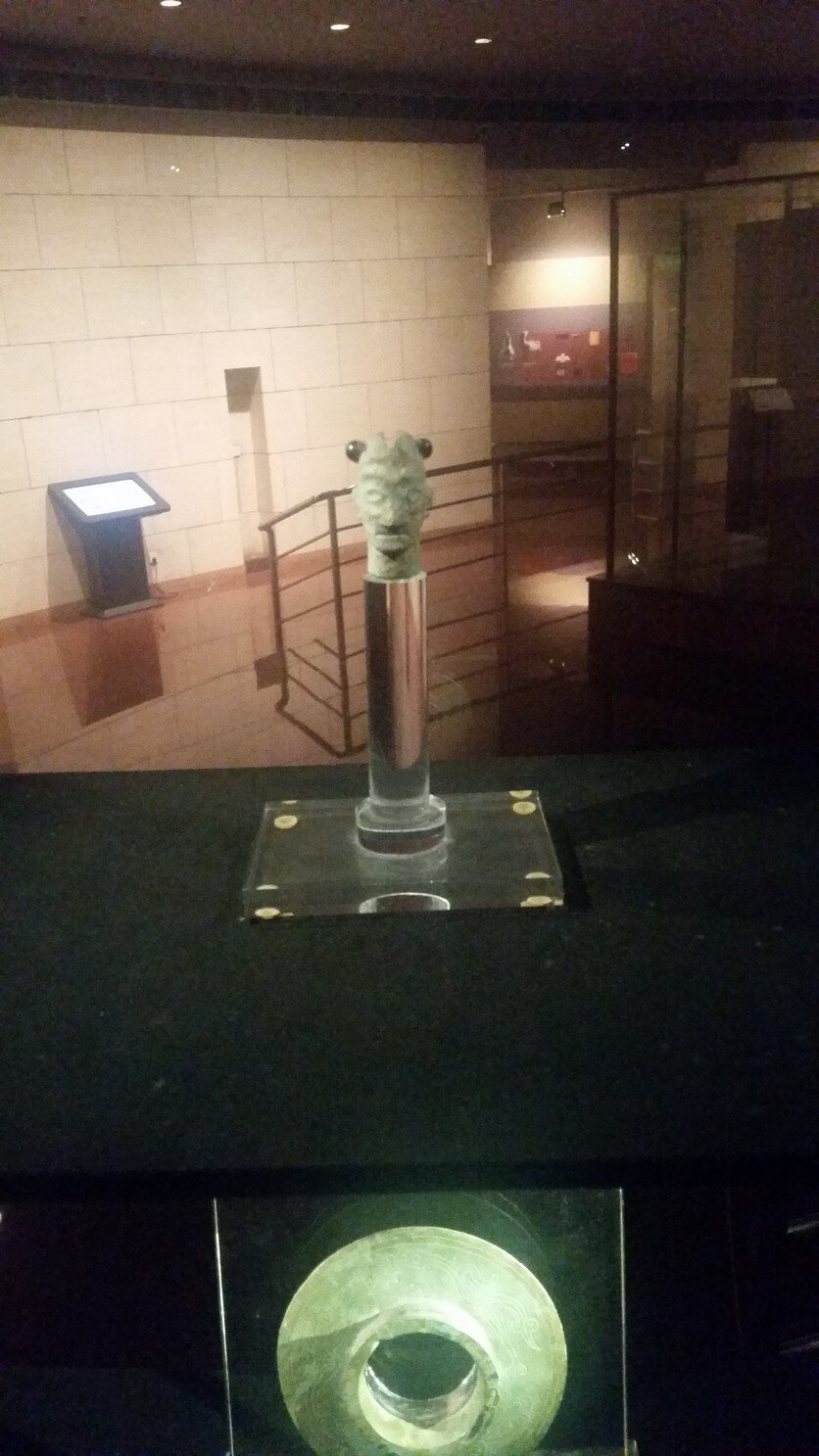
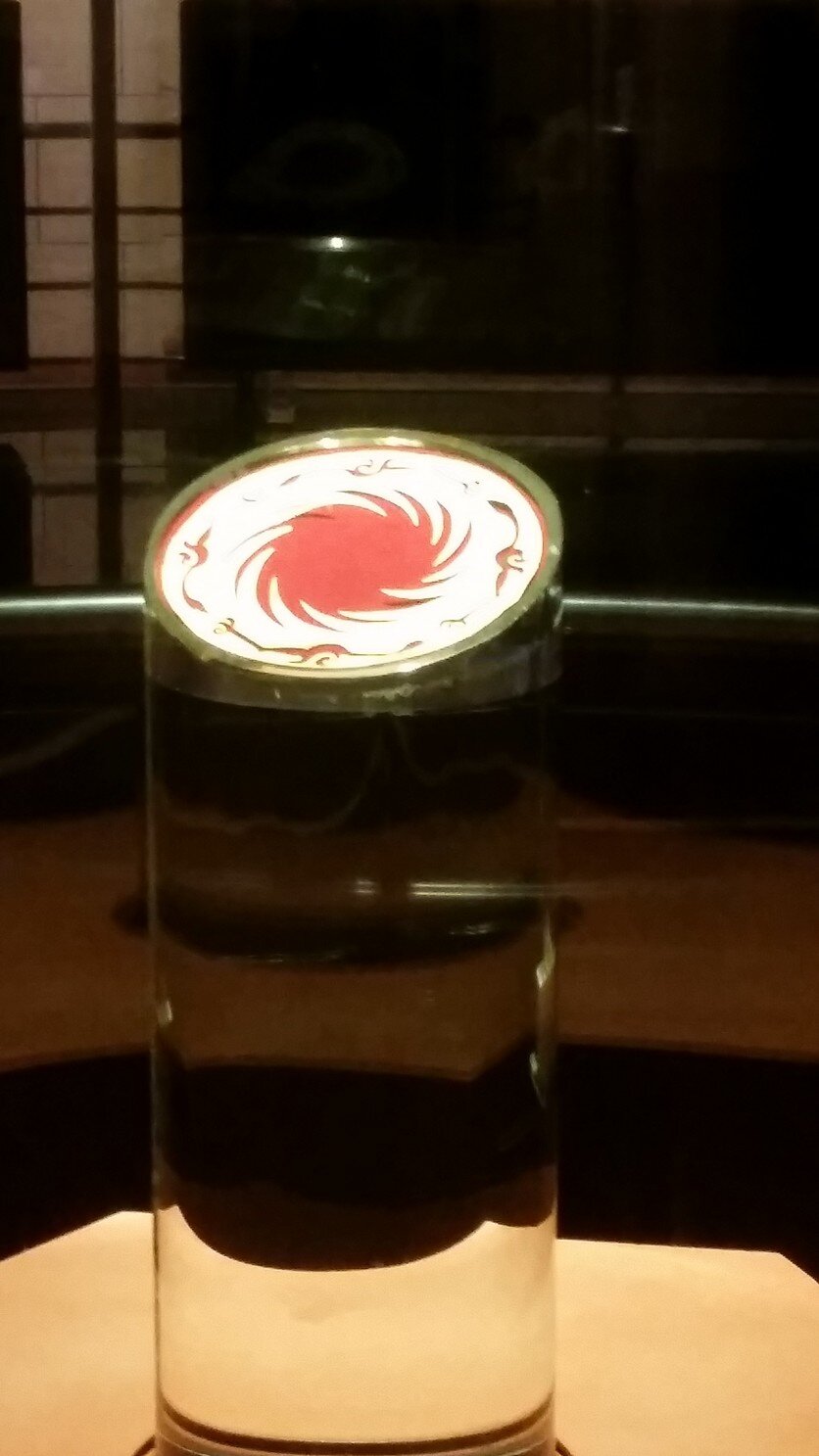









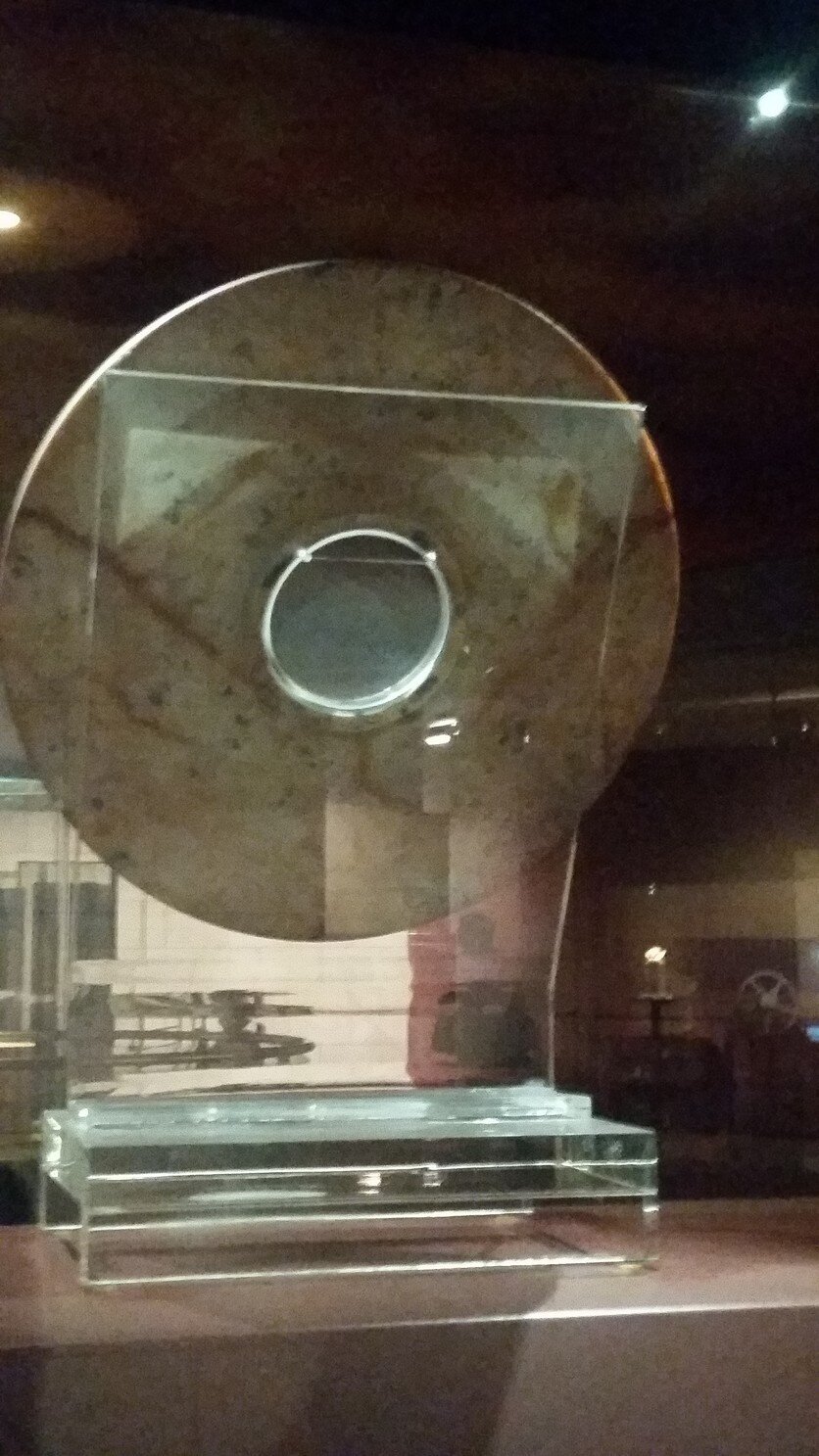











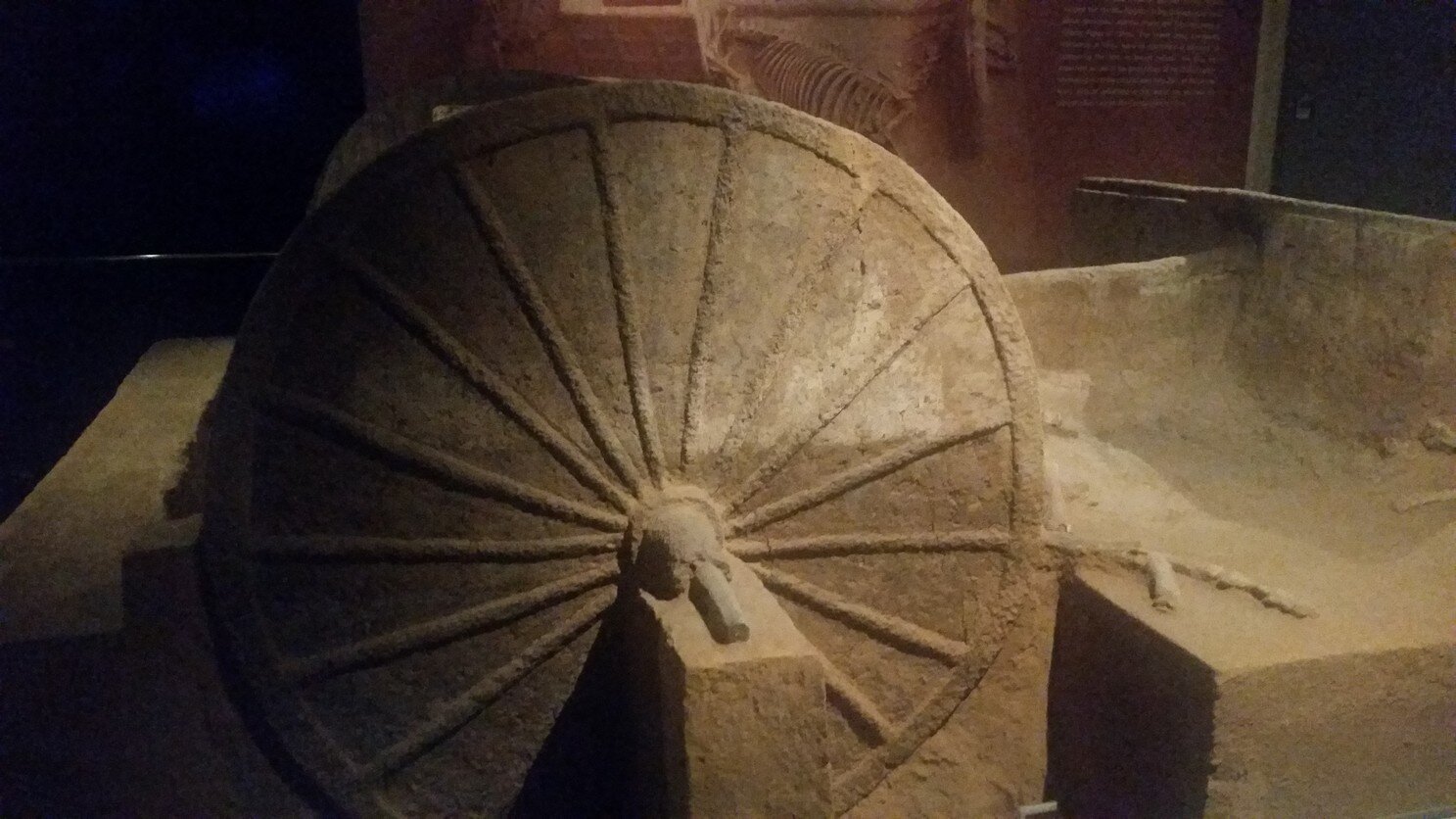
Terms in Episode
| Pinyin/Term | Chinese | English/Meaning |
|---|---|---|
| Wǔhòucí Street | 武侯祠大街 | Street in Chengdu near the Liu Bei (武侯) Tomb |
| Liú Bèi | 刘备 | A major figure during the 3rd Century who ruled one of the Three Kingdoms |
| Shāng Dynasty | 商朝 | Bronze Age Dynasty than ran 1600 - 1046 BCE |
| Shǔ | 蜀国 | Ancient state in Sichuan Province that was conquered by Qin in 316 BCE |
| Chéngdū | 成都 | Capital of Sichuan and site of the ancient cultures of Shu |
| Wèi | 渭河 | a major river in west-central China's Gansu and Shaanxi provinces and the largest tributary of the Yellow River |
| Huái | 淮河 | One of China's major rivers, located in between the Yellow and Yangzi Rivers |
| Sānxīngduī | 三星堆 | Located in Guanghan, north of Chengdu, site of an ancient civilization thought to be the Kingdom of Shu |
| Guǎnghàn | 广汉 | City located about an hour north of Chengdu |
| Bǎodūn Culture | 宝墩文化 | Neolithic culture that preceded Sanxingdui Culture. Baodun Culture was dated to approximately 2800 to 2000 BCE |
| Sìchuān Péndì | 四川盆地 | The Sichuan Basin |
| Hénán | 河南 | Province in northern China |
| Huáyáng Guózhì | 华阳国志 | Chronicles of Huáyáng |
| Shǔwáng Běnjì | 蜀王本纪 | The Biographies of the Shǔ Kings |
| Bā State | 巴国 | Ancient confederation of tribes that was located in western Hubei and eastern Sichuan |
| Cáncóng | 蚕丛 | The legendary founder of Shu who had these "protruding eyes" |
| Bóguàn | 柏灌 | One of the legendary ancient rulers (or dynasties) of Shu |
| Yúfú | 鱼凫 | One of the legendary ancient rulers (or dynasties) of Shu |
| Dùyǔ | 杜宇 | One of the legendary ancient rulers (or dynasties) of Shu |
| Kāimíng | 开明 | One of the legendary ancient rulers (or dynasties) of Shu |
| Cán | 蚕 | silkworm |
| Xià | 夏朝 | The mythical dynasty that preceded the Shang. Dated to about 2070-1600 BCE |
| Jié | 桀 | The wicked final ruler of the Xià Dynasty |
| Zhōu | 周朝 | The Zhou Dynasty - 1046 - 256 BCE |
| Shíèrqiáo | 十二桥文化 | Culture an east west road that runs in north Chengdu near where these Jīnshā ruins were first discovered |
| Shàngwāngjiāguǎi | 上汪家拐 | The final culture of Shu, located in the city-center of Chengdu |
| Jīnshā | 金沙 | The continuation of Sanxingdui Culture, located in the western portion of Chengdu. Lasted approximately 500 to 200 BCE |
| Lóngshān Wénhuà | 龙山文化 | Lóngshān Culture, a neolithic culture dated from about 3000-1900 BCE |
| Mín Jiāng | 岷江 | Mín River, a tributary of the Yángzǐ |
| Jiān River | 涧河 | River north of Chengdu |
| Yuèliangwān | 月亮湾 | A town near Guanghan where Sanxingdui relics were unearthed |
| Yàn Dàochéng | 燕道诚 | The farmer who got written into the history books for his accidental discovery of Sanxingdui in 1929 |
| Ānyáng | City in northern Henan where the ancient Ruins of Yin were discovered | |
| Zūn | 樽 | Sacrificial or ritual wine vessels |
| Cóng | 琮 | Sacrificial or ritual rectangular jade pieces |
| Bì | 璧 | Sacrificial or ritual jade discs |
| Zhāng | 璋 | Sacrificial or ritual jade blades |
| Gē | 戈 | Sacrificial or ritual dagger axes |
| Chǔ | 楚国 | Bronze Age state that ran 1030-223 BCE |
| Yúnnán | 云南 | Province in southwest China |
| Huáxià | 华夏 | A historical concept representing the Chinese nation and civilization, and came from the self-awareness of a common cultural ancestry by the various confederacy (pre-Qin) era Han Chinese people |
| Qínlǐng Shān | 秦岭山 | Mountain chain separating Sichuan from Shaanxi Province |
| Shǎnxi province | 陕西 | Province in northern China where Qin was located. Capital is Xian |
| Qín | 秦 | Zhou Era State that lasted from the 9th century BCE to 207 BCE. Later becoming China's first imperial dynasty, from 221 to 206 BCE |
| Luòyáng | 洛阳 | One of the ancient capitals of ancient China, located in Henan Province |
| Sīmǎ Qiān | 司马迁 | China's most famous historian. Lived during the Han Dynasty, c. 145 – c. 86 BC |
| Shānxī | 山西 | Province just to the east of Shaanxi |
| Héběi | 河北 | northern province of China |
| Qīngyáng District | 青羊区 | A district in the western part of Chéngdū |
| Tú | 荼 | The ancient name for tea before it became known as Cha |
| Chá | 茶 | Tea |
| chuánguān | 船棺 | Boat-shaped Coffin |
| Qīngbáijiāng | 青白江 | An area in the northeast suburbs of Chengdu. Boat-shaped Coffins discovered there. |
| Pújiāng County | 蒲江县 | A county located an hour southwest of Chengdu. Boat-shaped Coffins discovered there too |
| Húběi | 湖北 | Province in central China with its capital at Wuhan |
| Tān Xiǎo Shī Dà | 贪小失大 | Also known as 因小失大, an old Chinese Saying that says because we focused on getting the small thing, we lost the big thing.....In English this is "Penny-wise and Pound-foolish" |
| Qín Huìwén | 秦惠王 | King Huìwén of Qín who reigned 338–311 BC |
| Sīmǎ Cuò | 司马错 | Qin general during King Huiwen's time |
| Zhāng Yì | 张仪 | Qin general during King Huiwen's time |
| Zhào | 赵国 | One of the Warring States during the Zhou that lasted 403 BC–222 BC |
| Wèi | 魏国 | One of the Warring States during the Zhou that lasted 403 BC–225 BC |
| Qí | 齐国 | One of the Zhou era States that lasted 1046-221 BCE, the last one to fall to the forces of Qin |
| Hán | 韩国 | One of the Warring States during the Zhou that lasted 403 BC–230 BC |
| Shíniú Dào | 石牛道 | The Stone Cattle Road that cut through the Qinling mountains, linking Qin to Shu |
| Lǚ Bùwéi | 吕不韦 | Chinese businessman and political adviser to King Zhuangxiang of the Qin state during the Warring States period. |
| Lǚ Shì Chūnqiū | 吕氏春秋 | Chinese businessman and politician of the Qin state during the Warring States period. |
| Dr. Agnes Hsū-Táng | 徐心眉 | Chinese-American celebrity archaeologist and specialist on Sanxingdui |
| Xīnhuá | 新华 | The New China News Agency |
| Mǎwángduī tomb | 马王堆汉墓 | Tombs discovered in the 1970's of three people from the Changsha Kingdom during the western Han dynasty |
Resources
Videos
CGTN Documentary: What is Sanxingdui? Back to the lost civilization of 3000 years ago
CGTN ICON's Interview with Director of the Sanxingdui Site Workstation
CGTN: Further revelations from newly-excavated Sanxingdui Ruins in SW China
Cinevision China Documentary: Sanxingdui Culture
Video from Creator AV Daniel Violin, “SanXingDui, China Who did all these 5000 years ago?”
















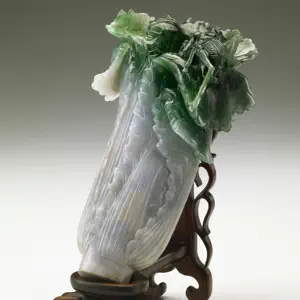
Thanks to a team of amateur historians, WWII enthusiasts, and survivors, this interesting of Mr. Lam Ping Yu 林炳堯 who left behind a WWII diary from 1944 that was rediscovered by chance in 2015.